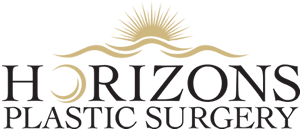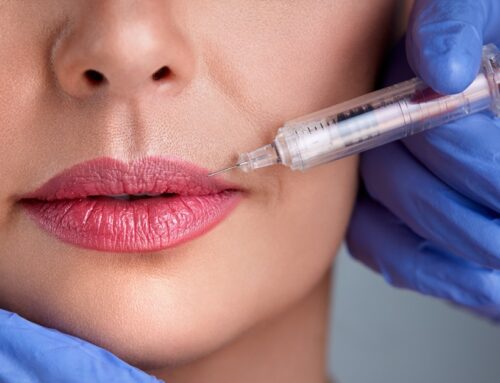Are you considering a cosmetic treatment to rejuvenate your skin and reduce the appearance of fine lines and wrinkles? With various injectable options on the market, it can be quite challenging to decide which one is the right choice for you. Two popular cosmetic injections are Botox and Dysport. Though they may initially appear to be similar, these treatments have some distinct differences worth exploring. So, let’s delve into the differences between Botox and Dysport, discuss their unique benefits and drawbacks, and help you determine which option may be the best fit for your individual needs and aesthetic goals.
The Basics of Botox and Dysport
Both Botox and Dysport are injectable neurotoxins derived from the botulinum toxin. They work by temporarily relaxing the muscles responsible for dynamic wrinkles, such as frown lines, crow’s feet, and forehead lines. The result? A smoother, more youthful appearance. While both treatments share a common origin, they do have some subtle differences in formulation and presentation that may affect your decision.
Molecular Structure and Formulation
The biggest difference between Botox and Dysport lies in their molecular structure. While both products contain the same active ingredient (botulinum toxin type A), Dysport has a smaller and more diluted formulation. The smaller size of Dysport molecules allows them to spread more easily and quickly within the treatment area. This can be beneficial in treating larger areas, such as the forehead, where a more natural-looking diffusion of the toxin is desired. On the other hand, Botox’s larger and more concentrated formulation makes it more effective for targeting smaller treatment areas with precision, like crow’s feet or the area between the eyebrows.
Onset and Duration of Results
There is a slight variation in the time it takes for these treatments to show noticeable effects and how long the results last. Dysport tends to have a quicker onset, with most patients noticing improvements within two to three days, while Botox typically shows results in three to five days. However, the duration of results is generally reported to be slightly longer for Botox, lasting around three to six months, compared to Dysport, which lasts about three to four months on average. Keep in mind that individual experiences and results may vary, and factors such as age, muscle activity, and lifestyle can impact the longevity of the treatment.
Pricing and Units
Another factor to consider when choosing between Botox and Dysport is the cost. While the price per unit of Dysport is generally lower than Botox, more units of Dysport may be needed to achieve comparable results because of the difference in their formulations. It would be best to schedule a consultation with us regarding the units required for your specific treatment to determine which is the more cost-effective option for you.
Choosing the Right Provider
Regardless of whether you decide to go with Botox or Dysport, the success of your treatment is highly dependent on the expertise of your chosen provider. Dr. Marc Wetherington is a skilled and experienced plastic and cosmetic surgeon who will be able to assess your unique needs and recommend the product that is best suited to your aesthetic goals.
In summary, both Botox and Dysport offer unique advantages depending on factors such as the treatment area, onset of results, and pricing. What’s best for you ultimately depends on your individual needs and the expertise of your chosen provider. Taking the time to research and discuss your options with a knowledgeable professional will help you make an informed decision and achieve a smoother, more youthful appearance that’s customized to you. No matter which injectable you choose, the journey to rejuvenation starts with knowing your options and finding the right treatment for your unique goals.







